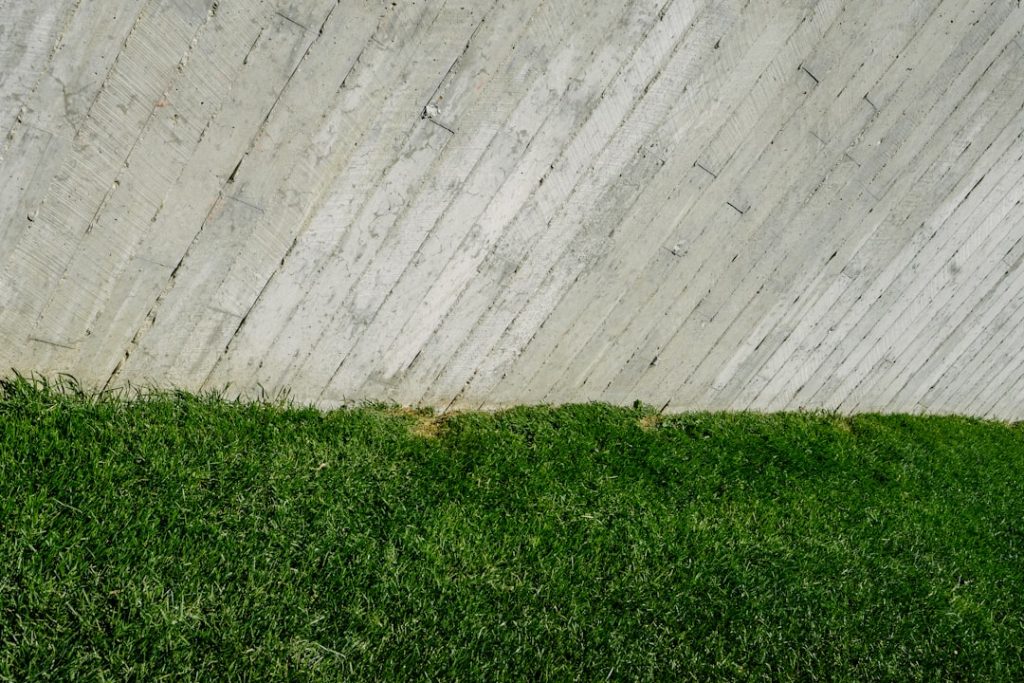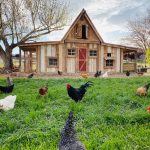Understanding canine aggression is essential for effective management and resolution. Aggression in dogs can arise from various sources, including fear, territorial instincts, possessiveness, or physical discomfort. Identifying the specific triggers for aggressive behavior is crucial for developing an appropriate intervention strategy.
For instance, possessive aggression may manifest when a dog’s food or toys are approached, while fear-based aggression can occur when a dog feels threatened or cornered. By pinpointing the underlying cause of aggression, pet owners can implement targeted approaches to address and modify the behavior. It is equally important to recognize the warning signs and body language that precede aggressive acts in dogs.
These indicators may include growling, teeth-baring, rigid body posture, raised hackles, and intense staring. Recognizing these signals allows pet owners to intervene before aggression escalates. Additionally, understanding breed-specific characteristics and tendencies can provide valuable insights into a dog’s behavior patterns.
Some breeds may have genetic predispositions towards certain types of aggression, and awareness of these traits can help owners anticipate and proactively address potential issues.
Table of Contents
- 1 Secure Enclosures and Fencing
- 2 Supervision and Training
- 3 Using Distractions and Positive Reinforcement
- 4 Seeking Professional Help
- 5 Creating a Safe and Separate Environment
- 6 Consistent Monitoring and Reinforcement
- 7 FAQs
- 7.1 What are some methods to keep a dog from killing chickens?
- 7.2 How can training help prevent a dog from killing chickens?
- 7.3 Why is supervision important in preventing a dog from killing chickens?
- 7.4 What kind of secure area should be provided for the chickens to prevent a dog from killing them?
- 7.5 Are there any specific dog breeds that are more prone to killing chickens?
Key Takeaways
- Understanding the behavior of your pet is crucial in preventing escape attempts
- Secure enclosures and fencing are essential to keep your pet safe and contained
- Supervision and training can help prevent escape attempts and improve behavior
- Using distractions and positive reinforcement can help redirect your pet’s attention and discourage escape attempts
- Seeking professional help can provide valuable guidance and support in managing your pet’s behavior and preventing escapes
- Creating a safe and separate environment can help minimize the risk of escape and keep your pet secure
- Consistent monitoring and reinforcement are key in maintaining a secure environment for your pet
Secure Enclosures and Fencing
Building a Secure Enclosure
When constructing an enclosure or fencing for an aggressive dog, it’s essential to use sturdy materials that the dog cannot easily break through or escape from. The height of the fencing should be sufficient to prevent the dog from jumping over it. Regular inspections of the enclosure or fencing are also crucial to identify any signs of wear or damage that could compromise its integrity.
Designing a Comfortable Space
In addition to physical barriers, the layout and design of the enclosure or fenced area are vital considerations. Providing ample space for the dog to move around and engage in physical activity can help reduce feelings of frustration and confinement, which can contribute to aggressive behavior. Ensuring that the enclosure or fenced area is free from potential triggers, such as other animals or excessive noise, can help create a more calming environment for the dog.
Minimizing the Risk of Aggressive Incidents
By creating a secure and comfortable space for the dog, pet owners can help minimize the risk of aggressive incidents occurring. A well-designed enclosure or fenced area can play a significant role in managing an aggressive dog and promoting a safer environment for both the dog and those around it.
Supervision and Training

Supervision and training are essential components in managing an aggressive dog. By closely supervising the dog’s interactions with people and other animals, pet owners can intervene at the first sign of aggression and redirect the dog’s behavior. This may involve using commands to distract the dog or physically removing it from the situation.
Additionally, consistent training can help modify the dog’s behavior and teach it alternative ways to respond to potential triggers. Positive reinforcement techniques, such as rewarding calm and non-aggressive behavior, can be particularly effective in shaping the dog’s responses. When training an aggressive dog, it’s important to work with a professional trainer who has experience in dealing with aggression.
A qualified trainer can assess the dog’s behavior and develop a customized training plan that addresses its specific triggers and tendencies. This may involve desensitization exercises, where the dog is gradually exposed to its triggers in a controlled environment and taught to remain calm. It’s important for pet owners to be patient and consistent in their training efforts, as modifying aggressive behavior takes time and dedication.
Using Distractions and Positive Reinforcement
Distractions and positive reinforcement can be powerful tools in managing an aggressive dog’s behavior. When a dog begins to exhibit signs of aggression, using distractions such as toys or treats can help redirect its focus and defuse the situation. For example, if a dog becomes agitated when encountering other dogs on walks, using a favorite toy or treat to redirect its attention can help prevent an aggressive outburst.
Additionally, positive reinforcement techniques can be used to reward calm and non-aggressive behavior, reinforcing positive responses to potential triggers. It’s important for pet owners to be proactive in using distractions and positive reinforcement to manage their dog’s aggression. By anticipating potential triggers and having distractions readily available, pet owners can intervene at the first sign of aggression and prevent the situation from escalating.
Consistency is key in using these techniques effectively, as dogs learn through repetition and reinforcement. By consistently rewarding non-aggressive behavior and redirecting the dog’s focus with distractions, pet owners can help shape more desirable responses in their aggressive dog.
Seeking Professional Help
In some cases, managing an aggressive dog may require seeking professional help from a veterinarian or animal behaviorist. A veterinarian can assess the dog for any underlying medical issues that may be contributing to its aggression, such as pain or discomfort. Addressing these medical issues can help alleviate the dog’s aggression and improve its overall well-being.
Additionally, an animal behaviorist can provide valuable insight into the root causes of the dog’s aggression and develop a comprehensive behavior modification plan. Working with a professional can provide pet owners with the guidance and support they need to effectively manage their aggressive dog. A qualified veterinarian or animal behaviorist can offer expert advice on training techniques, environmental modifications, and other strategies for addressing aggression.
They can also provide ongoing support and guidance as pet owners work towards modifying their dog’s behavior. Seeking professional help is an important step in ensuring the safety and well-being of both the aggressive dog and those around it.
Creating a Safe and Separate Environment

Designating a Safe Space
Creating a safe and separate environment for an aggressive dog is essential in minimizing potential risks and preventing aggressive incidents from occurring. This may involve designating specific areas of the home or yard where the dog can be safely contained when visitors are present or during high-stress situations. Providing a comfortable and secure space for the dog can help reduce feelings of anxiety or frustration that may contribute to its aggression.
Minimizing Triggers
Additionally, ensuring that the environment is free from potential triggers, such as other animals or loud noises, can help create a more calming space for the dog. This can help reduce the likelihood of aggressive behavior and create a more peaceful environment for both the dog and those around it.
Safe Interactions with the Outside World
In addition to creating a safe environment within the home, it’s also important to consider how the dog interacts with the outside world. When taking the dog for walks or outings, using a secure leash and harness can help ensure that it remains under control at all times. It may also be beneficial to use a muzzle in situations where there is a higher risk of potential aggression, such as in crowded public spaces or around unfamiliar animals.
Consistent Monitoring and Reinforcement
Consistent monitoring and reinforcement are key components in managing an aggressive dog’s behavior over time. By closely monitoring the dog’s interactions with people and other animals, pet owners can intervene at the first sign of aggression and prevent potential incidents from occurring. This may involve using distractions or commands to redirect the dog’s focus, as well as physically removing it from situations where it may become agitated.
Additionally, consistent reinforcement of positive behavior through rewards and praise can help shape more desirable responses in the dog. It’s important for pet owners to remain vigilant in their monitoring and reinforcement efforts, as modifying aggressive behavior takes time and dedication. Consistency is key in shaping the dog’s responses to potential triggers, as dogs learn through repetition and reinforcement.
By consistently rewarding calm and non-aggressive behavior while redirecting focus with distractions when needed, pet owners can help create a more positive and manageable environment for their aggressive dog. Additionally, ongoing training and support from a professional trainer or behaviorist can provide valuable guidance as pet owners work towards modifying their dog’s behavior over time. In conclusion, managing an aggressive dog requires a comprehensive approach that addresses its specific triggers and tendencies while ensuring its safety and well-being.
By understanding the root causes of the aggression and recognizing warning signs, pet owners can better tailor their approach to managing and correcting the behavior. Creating secure enclosures and fencing, providing supervision and training, using distractions and positive reinforcement, seeking professional help when needed, creating a safe environment, and consistently monitoring and reinforcing positive behavior are all essential components in effectively managing an aggressive dog’s behavior over time. With patience, dedication, and support from professionals when needed, pet owners can work towards modifying their aggressive dog’s behavior while ensuring its safety and improving its overall quality of life.
If you’re looking for ways to keep your dog from killing chickens, you may also be interested in learning about the importance of the size of your chicken coop door. A properly sized door can help keep your chickens safe from predators, including your own pets. Check out this article on poultrywizard.com for more information on how to protect your chickens from potential threats.
FAQs
What are some methods to keep a dog from killing chickens?
Some methods to keep a dog from killing chickens include proper training, supervision, and providing a secure and separate area for the chickens.
How can training help prevent a dog from killing chickens?
Training can help prevent a dog from killing chickens by teaching the dog to obey commands such as “leave it” or “stay” when around the chickens.
Why is supervision important in preventing a dog from killing chickens?
Supervision is important in preventing a dog from killing chickens because it allows the owner to intervene and correct the dog’s behavior if necessary.
What kind of secure area should be provided for the chickens to prevent a dog from killing them?
A secure area for the chickens should have a sturdy fence or enclosure that is tall enough to prevent the dog from jumping over or digging under, and it should also have a roof to prevent the dog from getting in from above.
Are there any specific dog breeds that are more prone to killing chickens?
Some dog breeds, such as terriers and hounds, are known for their strong prey drive and may be more prone to killing chickens. However, any dog can potentially exhibit this behavior.
Meet Walter, the feathered-friend fanatic of Florida! Nestled in the sunshine state, Walter struts through life with his feathered companions, clucking his way to happiness. With a coop that’s fancier than a five-star hotel, he’s the Don Juan of the chicken world. When he’s not teaching his hens to do the cha-cha, you’ll find him in a heated debate with his prized rooster, Sir Clucks-a-Lot. Walter’s poultry passion is no yolk; he’s the sunny-side-up guy you never knew you needed in your flock of friends!







